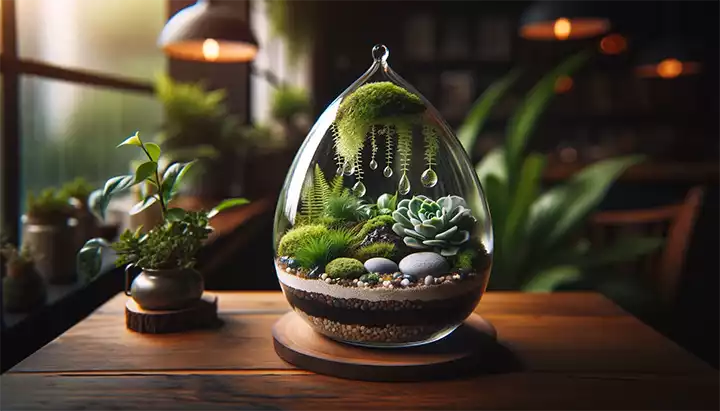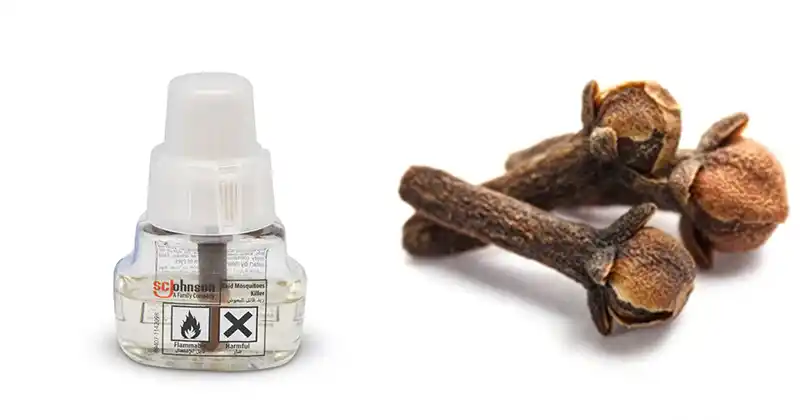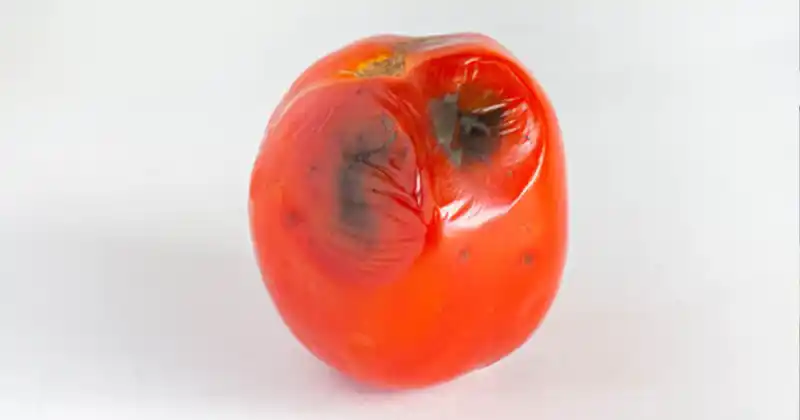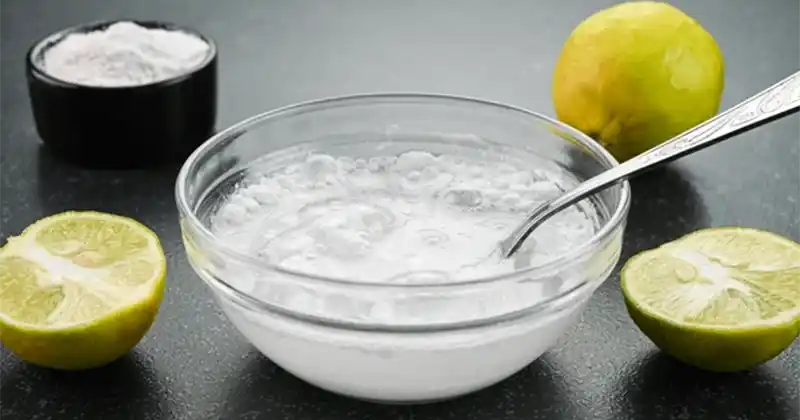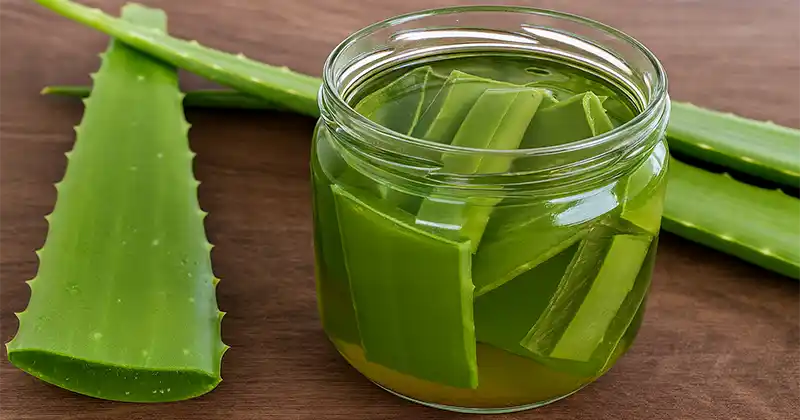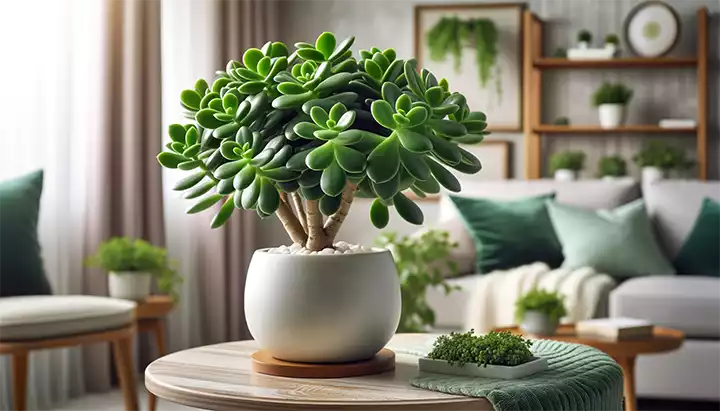Creating a terrarium is not just about crafting a miniature landscape; it’s about encapsulating a tiny ecosystem that can thrive with minimal maintenance. Whether you’re looking to green up your indoor space or searching for a rewarding DIY project, building your own terrarium is a fantastic choice. Here’s a detailed guide to help you create your very own living piece of art.
Step 1: Choose Your Container
Your terrarium’s home can be any clear, glass container. Options include:
- Jars: Mason jars, kitchen jars, or old pickle jars
- Vases: Any clear glass vase
- Specially Designed Terrarium Containers: These often come with a lid and are crafted explicitly for terrarium-making.
Tip: Ensure your container is clean and clear. Any residue or dirt can affect your plants’ health and obstruct your view of your tiny garden.
Step 2: Gather Your Materials
- Rocks or Pebbles: These will serve as the drainage layer.
- Activated Charcoal: This layer keeps the water fresh and prevents mold and bacteria from building up.
- Potting Soil: Choose soil suitable for the type of plants you are planting.
- Plants: Choose small plants that thrive in high humidity. Popular options include ferns, mosses, and air plants.
- Decorative Elements: Consider adding decorative rocks, figurines, or other elements for a personal touch.
- Tools: You might need some tools like tweezers or long spoons to place elements in your terrarium, especially if the opening is small.
Step 3: Create a Drainage Layer
Start by placing a 1-2 inch layer of rocks or pebbles at the bottom of your container. This layer will collect the water that drains from the soil, preventing your plants’ roots from sitting in water, which can cause rot.
Step 4: Add Activated Charcoal
Sprinkle a thin layer (about 1/2 inch) of activated charcoal over the rocks. The charcoal helps filter the water and keeps your terrarium’s environment clean and odor-free.
Step 5: Add Soil
Pour a layer of soil over the charcoal. The thickness of the soil layer will depend on the type of plants you’re using. Generally, a 2-3 inch layer is sufficient.
Tip: If you’re planting succulents or cacti, mix the soil with sand to improve drainage.
Step 6: Plant Your Plants
- Prepare the Plants: Remove your plants from their pots and gently shake off excess soil from the roots.
- Planting: Make a small hole in the soil, place your plant inside, and gently press the soil around it. If the container’s opening is narrow, you might need to use tools like tweezers or a long spoon.
- Design: Think about the layout. Taller plants should go in the back, and shorter plants in the front.
Step 7: Add Decorative Elements
Now’s the time to get creative. Add decorative rocks, wood, or figurines to your terrarium. These elements can create a theme or simply make your terrarium more visually appealing.
Step 8: Water Your Terrarium
Gently water your terrarium, ensuring the soil is moist but not waterlogged. The rocks at the bottom will hold excess water, keeping your plants from getting too wet.
Tip: Terrariums require minimal watering. The enclosed space creates a miniature ecosystem where water cycles through evaporation and condensation.
Step 9: Find the Perfect Spot
Place your terrarium in a spot where it will receive indirect sunlight. Direct sunlight can heat your terrarium too much, harming your plants.
Step 10: Maintain Your Terrarium
- Watering: Only water when the soil looks dry. Overwatering is a common mistake.
- Pruning: Occasionally, you might need to trim your plants to keep them from overgrowing.
- Cleaning: Keep the glass clean for a clear view into your miniature world.
Creating a terrarium is like crafting a living, breathing piece of art. It’s a relaxing process that not only beautifies your space but also connects you with nature. Enjoy the process, and soon, you’ll have a thriving, self-contained ecosystem sitting right in your living room. Happy gardening!
